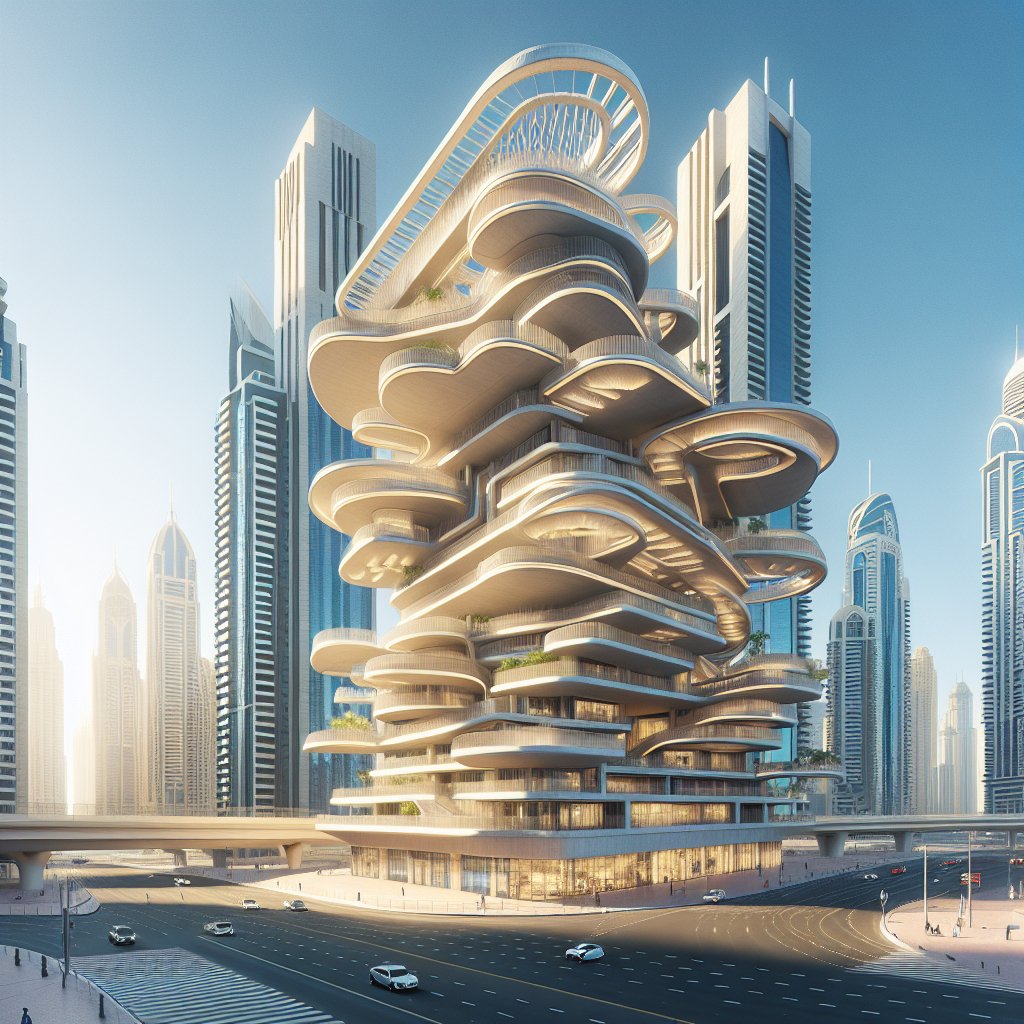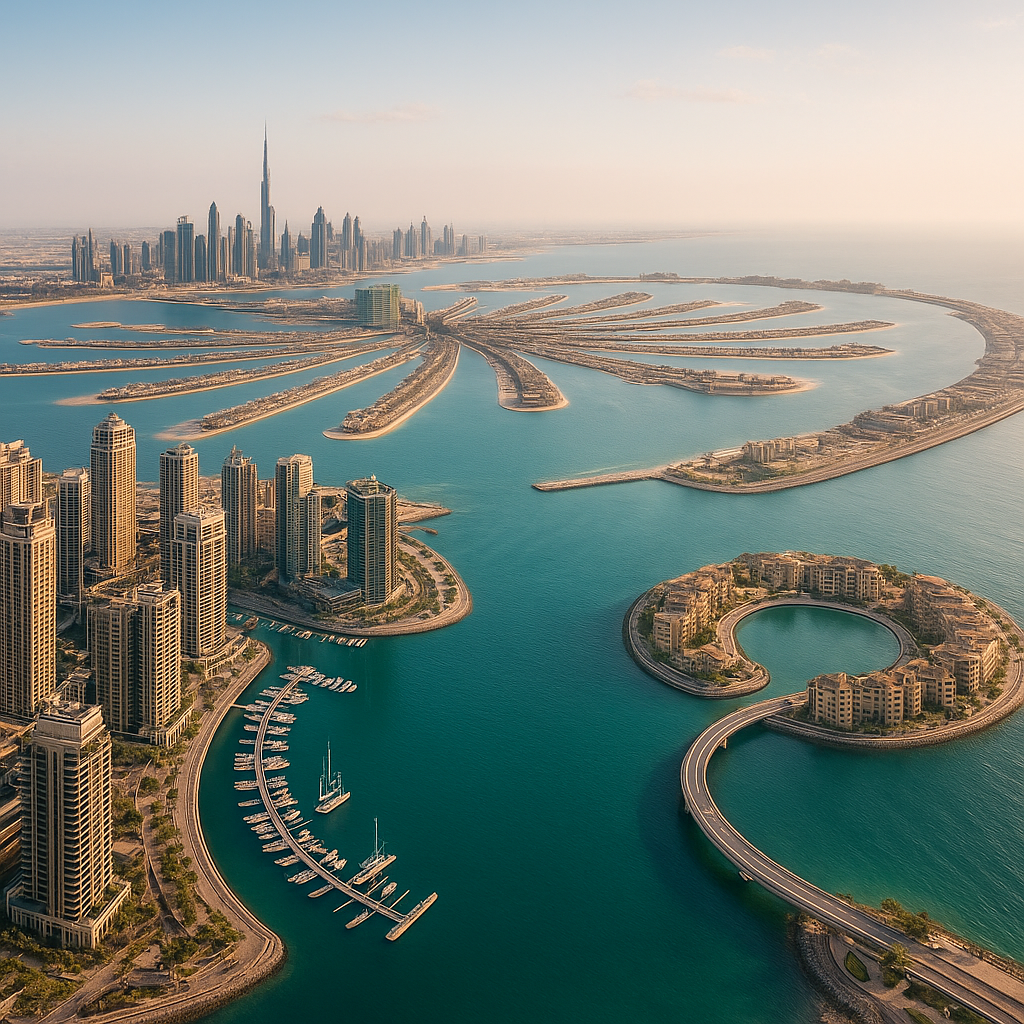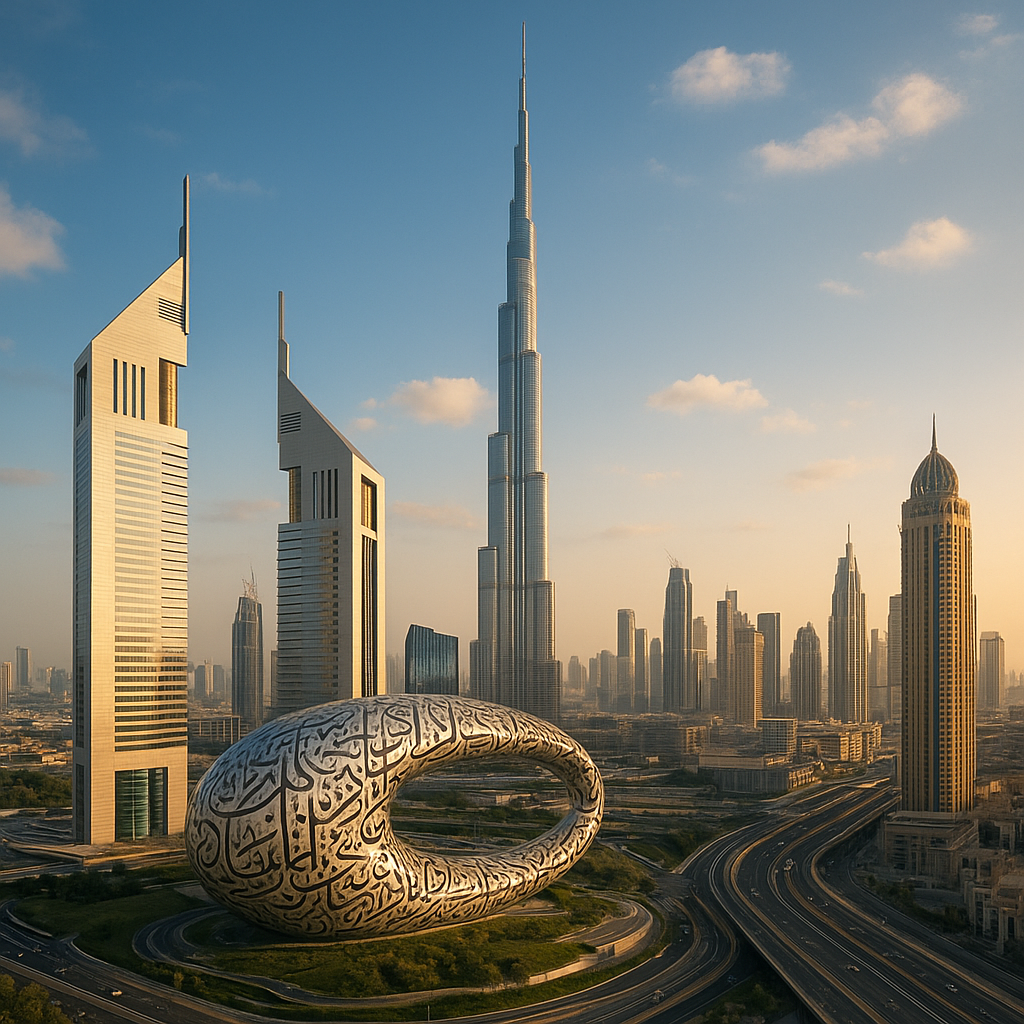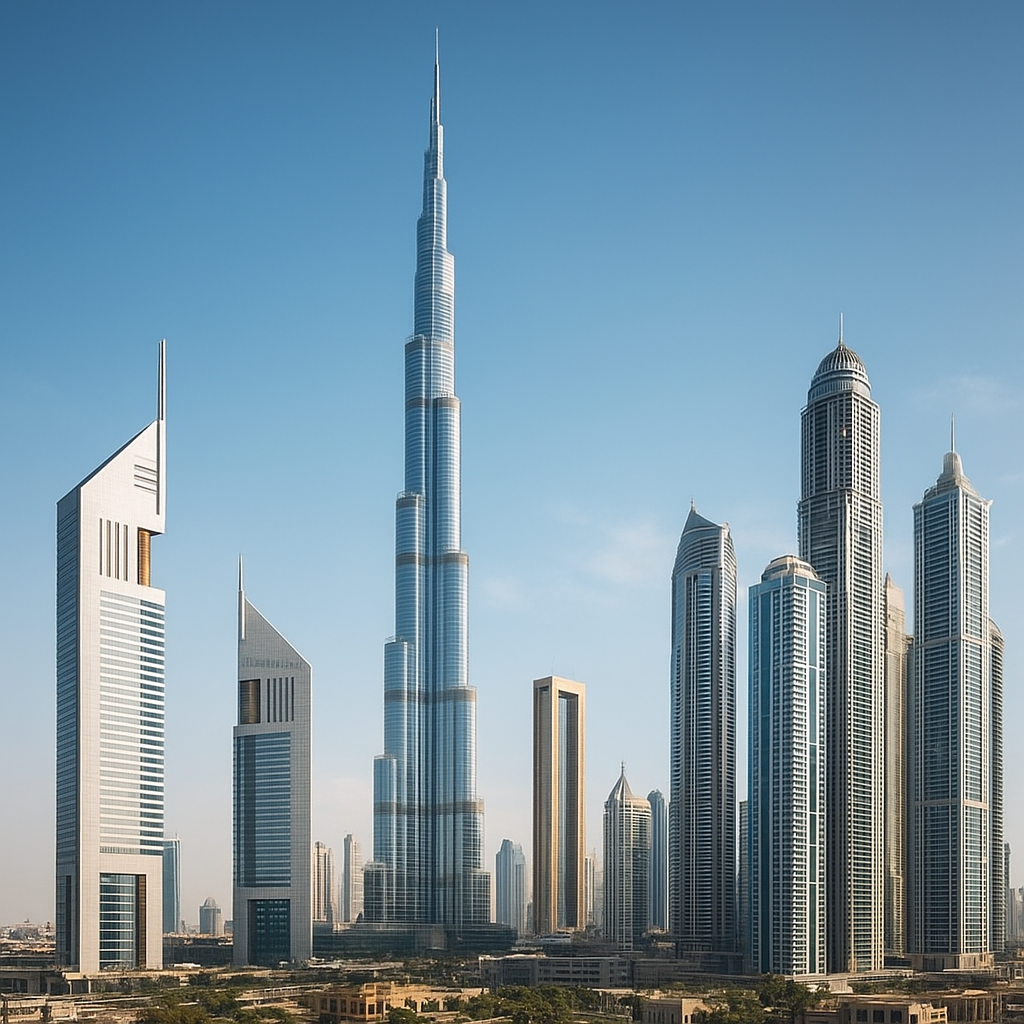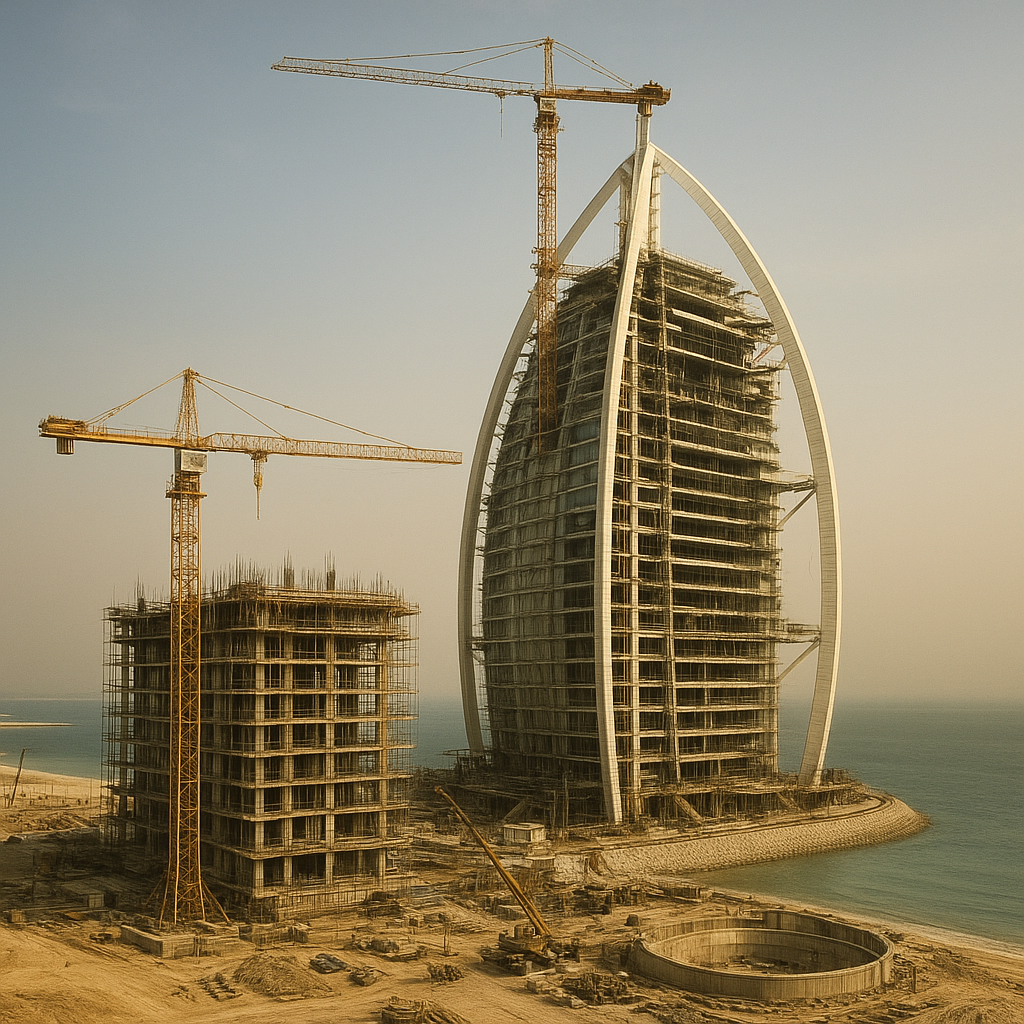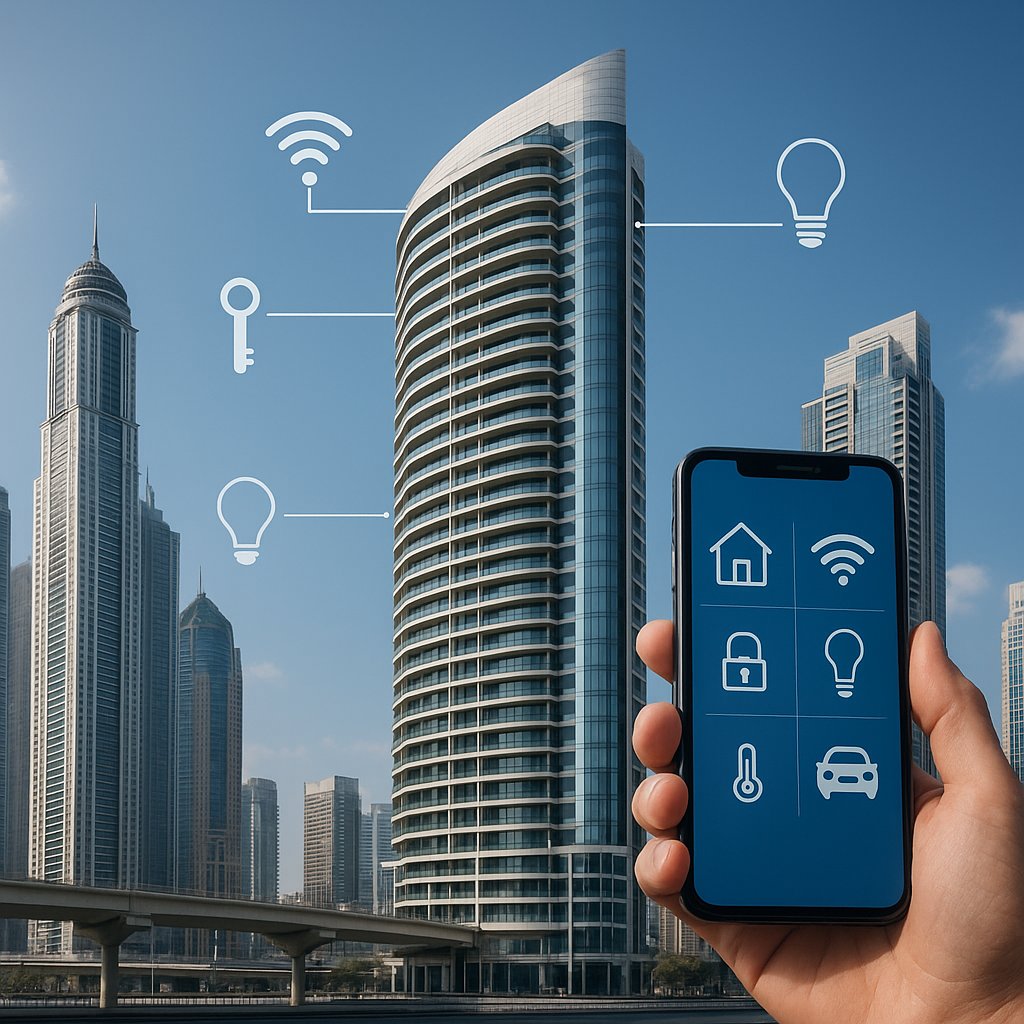Dubai, a city renowned for its opulence and futuristic skyline, is also making significant strides in the realm of public spaces, focusing on community and connectivity. As the city continues to grow and evolve, the design and development of public spaces have become crucial in fostering a sense of community and enhancing the quality of life for its residents and visitors alike.
The Evolution of Public Spaces in Dubai
Historically, Dubai’s rapid urbanization and economic growth have been driven by its strategic location and visionary leadership. However, the focus was primarily on infrastructure and commercial development, with less emphasis on public spaces. In recent years, there has been a paradigm shift as city planners and developers recognize the importance of creating inclusive and accessible public areas that cater to the diverse needs of its population.
One of the key factors driving this change is the increasing awareness of the role that public spaces play in promoting social interaction, physical activity, and mental well-being. As a result, Dubai has embarked on numerous projects aimed at transforming its urban landscape into a more livable and sustainable environment. These initiatives are not only about beautifying the city but also about creating spaces that encourage community engagement and connectivity.
Dubai’s public spaces are now being designed with a focus on inclusivity, ensuring that they are accessible to people of all ages and abilities. This approach is evident in the development of parks, promenades, and recreational areas that offer a variety of amenities and activities for everyone to enjoy. Moreover, the integration of technology and smart solutions in these spaces is enhancing their functionality and appeal, making them more attractive to residents and tourists alike.
Designing for Community and Connectivity
The design of public spaces in Dubai is increasingly centered around the concept of community and connectivity. This involves creating environments that facilitate social interaction and foster a sense of belonging among residents. One of the ways this is being achieved is through the development of mixed-use spaces that combine residential, commercial, and recreational elements. These spaces are designed to encourage people to live, work, and play in close proximity, thereby reducing the need for long commutes and promoting a more sustainable lifestyle.
Another important aspect of designing for community and connectivity is the emphasis on pedestrian-friendly infrastructure. Dubai is investing in the development of walkable neighborhoods and pedestrian pathways that connect different parts of the city. This not only encourages people to walk and cycle more but also reduces traffic congestion and pollution, contributing to a healthier urban environment.
Public transportation is also a key component of Dubai’s strategy to enhance connectivity. The city has made significant investments in expanding its metro and bus networks, making it easier for people to access public spaces and amenities. Additionally, the introduction of innovative solutions such as ride-sharing services and electric scooters is further enhancing mobility and connectivity within the city.
Community engagement is another critical element in the design of public spaces in Dubai. City planners and developers are increasingly involving residents in the planning and development process, ensuring that their needs and preferences are taken into account. This participatory approach not only results in more user-friendly spaces but also fosters a sense of ownership and pride among the community.
In conclusion, Dubai’s approach to designing public spaces is evolving to prioritize community and connectivity. By creating inclusive, accessible, and engaging environments, the city is enhancing the quality of life for its residents and visitors. As Dubai continues to grow and develop, the focus on public spaces will play a crucial role in shaping its future as a vibrant and sustainable urban center.
